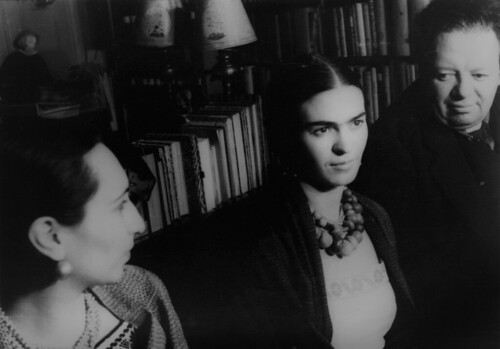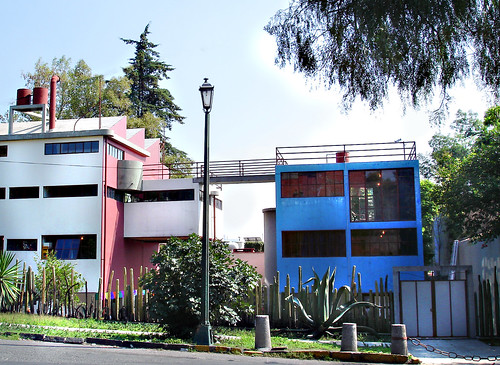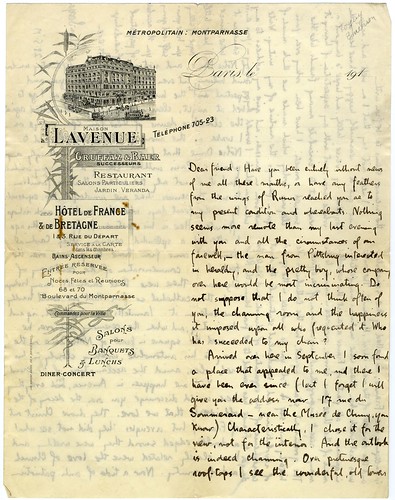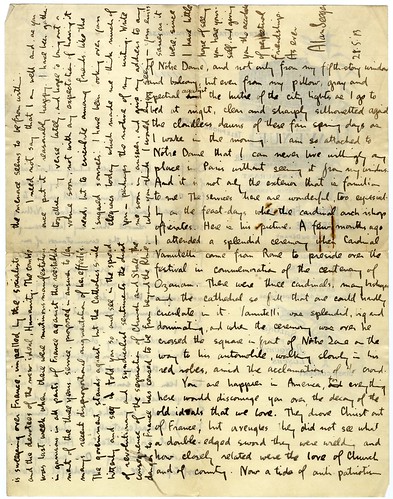
Ashbery is known as one of America’s leading post-modern poets. He has published over two dozen volumes of poetry and won nearly every major literary award. Simultaneously dense and funny.
The New York Times book review:
John Ashbery’s new collection, dedicated to his partner, David Kermani, draws its exotic title — “Planisphere” — from Andrew Marvell’s poem “The Definition of Love,” [...] Ashbery also juggles the infinite possibilities of genre, his mind running through many exhausted topics at once, trying for one that still has life in it[....] Some of the games “prove out” exhilaratingly for the reader, some are perhaps too private, some too abstruse, some too silly (there are a couple of Steinish collages that don’t earn their keep, one of them made from the titles of movies). But when the Ashberian associative complex works (as in the cases cited above) the mind is delighted by its unexpectedness. Conversation is nearly always the pretext, as in the poet’s shorthand summary of life in old age: “This is how my days, / my nights are spent, in a crowded vacuum / overlooking last year’s sinkhole.” Ashbery, the master of sinuous syntax (see his “Three Poems” or “Self-Portrait in a Convex Mirror”) has performed surgery on his poems here, often bringing them into the wry epigrammatic domain of Dickinson[....] But several poems, notably “Planisphere” and “Pernilla,” belong to Ashbery’s ambitious longer lyric mode. I quote, for readers longing for the lyric Ashbery, the conclusion of the love poem “Alcove,” which opens this volume with a wondering joy at the return of spring and ends with a vista of love, despite its inevitable separateness, surviving the worst days of old age:
We indeed
looked out for others as though they mattered, and they,
catching the spirit, came home with us, spent the night
in an alcove from which their breathing could be heard clearly.
But it’s not over yet. Terrible incidents happen
daily. That’s how we get around obstacles.
In his rendering of American speech, slang, cliché, Ashbery has surpassed most of his contemporaries. His “small museum / of tints” has provided ambiguous prophecies, curdled recollections, menacing prospects, emergencies, landscapes and puzzles; it has no less provided memories of youth, intimacies of love, the comedy of the ephemeral, the transhistorical speech of painting, and the literary in its quoted quintessence. The poet’s last look here is a “glimpse of / the books in the carrel, sweet in their stamped bindings”; one of these days, the carrel will hold his “Collected Poems.”
Bowled Over: Big-Time College Football from the Sixties to the BCS Era by Michael Oriard. (Chapel Hill, 2009)

Why does a college football coach make more money than a college president? Bowled Over attempts to answer this question and others like it by explaining the development of university football programs and the conflicts surrounding their growth into powerhouses that dominate academics.
The Oxford Journals book review:
I begin this review by misquoting Otto von Bismarck, “College football is like sausages; it is better not to see them being made.” The National Collegiate Athletic Association (NCAA) football (and basketball) is a mass of contradiction and hypocrisy. Only the most naïve would believe otherwise.
Author Michael Oriard offers a unique perspective on big-time college football: He played football for Notre Dame University and for the Kansas City Chiefs in the National Football League in the late sixties and early seventies before becoming a professor of English at Oregon State University.
He opens his book by recognizing college football's potentially contradictory pulls of marketing and educating, a contradiction recognized by observers almost at the inception of the college game. College presidents and coaches debated whether it was better for alumni to support individual athletes or for universities to provide scholarships.
While he does not state this quite as baldly, collegiate football, similar to the professional brand, depends upon older men (and, in a few cases, women) exploiting younger men. While collegiate football players pass through the system within four or five years, the older men—coaches, athletics directors, and college presidents—remain to dictate the rules.
[...] Oriard believes that such outrageous behavior as sporting sideburns (no one, apparently, was suspended for wearing bellbottom pants) led coaches to seek greater control over their players. He believes that the one-year scholarship rule passed in 1973, whereby scholarships were renewed at coaches’ discretion, was at least partly a response to the players’ rebellion. Indeed, his thesis is found on page 5: “that this mostly forgotten reinvention of the athletic scholarship marks a crucial turning point for big-time college football. … The one-year scholarship, backed by the mindset that it represents, exposed so-called student-athletes to the mounting pressures of an increasingly commercialized sports while denying them a share in its new bounty [of television money].”
[...] Oriard's discussion of the events that occurred during his playing career is another strength of his book. Indeed, had he focused even more on autobiographical detail and explored in greater detail the milieu in which he played rather than dwell on a lengthy discussion of reform, the book would have been shorter but more powerful.[...] Many of the readers of this review are academics, whose schools are facing severe budget cutbacks. For academics working for schools in the Bowl Championship Series (the infamous BCS), the specter of ever-growing expenditures on football programs may well remind them of Groucho Marx's prescient comment in the movieHorsefeathers. When Groucho is told that Huxley has a college and a football team, he quips, “Well we can't afford both. Tomorrow we start tearing down the college.” [...] Oriard, too, is bemused by the “arms race” in building ridiculously lavish facilities for football teams.
[...] Oriard's book should appeal to the general reader. Those researchers who have already investigated the seamy world of collegiate athletics may not find much new information in this well-written book.
Odessa: Genius and Death in a City of Dreams by Charles King. (New York, 2011)

The New Republic book review:
[...] Charles King has written a crisp, reliable account of the town culled from a wide range of sources, most impressively from archival material on Odessa’s wartime experiences under the Romanians. It is a history clearly intended for the general reader, but the book tells a complex story. King appreciates the poignancy of an urban tale of a visually attractive melting pot that was, and not infrequently, the site of fierce inter-ethnic brutality. More Jews were slaughtered in the Odessa pogrom of 1905 than were killed anywhere else in Russia at the time. And although Odessa’s most beloved post-war celebrities—the film star Mark Bernes, and Russia’s Sinatra, Leonid Utesov—were both Jews, its municipal authorities were known in the 1950s and ’60s as among the most overtly anti-Semitic in Russia.
[...] King tracks Odessa’s history with the use of biographical snippets and quick forays into the rich body of imaginative literature. The book is something of a blend between a general history and a guided tour with often quite splendid descriptions. Here King recreates the smells, the feel of the mid-nineteenth-century city, as many hundreds of wagons filled with wheat and pulled by animals bound for Odessa’s slaughterhouses packed the streets—the streets, constructed of highly porous limestone, that filled the lungs of Odessa’s populace especially on windy days.[...] The story ends, as King tells it, not in Odessa itself but in Brighton Beach. (Packed already in the 1970s with Odessa Jews, some estimate that three-quarters of Brighton Beach's population come from Odessa and from Black Sea towns nearby.) King acknowledges that Odessa, still beautiful (if faded) in its center, has by now lost much of what it was that made it a source of nostalgia, of tender longing for quite nearly as long as it has existed. Still, its imprint remains palpable.














